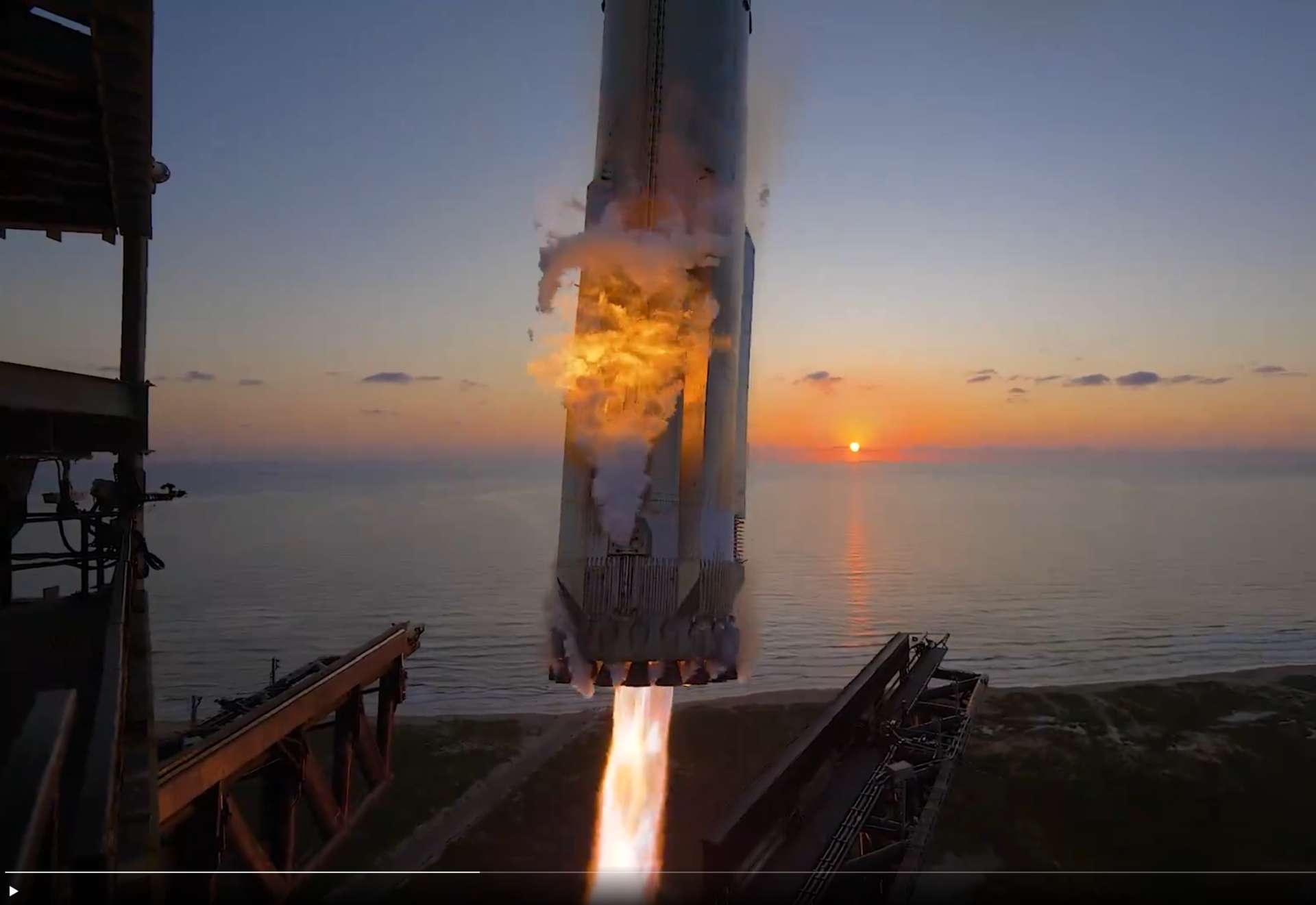
Starship = the second stage, having launched on top of Super Heavy
Land = a successful landing. After it comes to rest vertically Starship should neither move, explode nor be engulfed in flames* for a period of 60 mins (if SpaceX deliberately moves the spacecraft in this hour that will obviate the no-moving requirement)
*if this is the point of contention I will make a good faith attempt to determine whether at any point in visible footage more than 25% of Starship is occluded by flames. I think this is enough to exclude minor fires.
"a" launch pad. If Starship lands on a pad at the same launch centre as the one it took off from, this would count. If it lands in a different location, this would not count
Question has increments of 0.05 years, so bet slightly cautiously. If it really matters it the moment of liftoff, local time, will be used to determine when a successful resolution took place.
If this does not take place before 2026.8 this question will resolve to the 2026.8- 2026.85 bucket
People are also trading
I want to bring up IFT5's landing, and the flames it was having. The flames were coming from the Booster QD's methane vent port, and were nominal. I expect the same to happen for Ship. Can we exclude that flame source as being nominal? This market tries to determine anomalous flames from nominal landings.
Pic for reference. See the plume of vented methane that occasionally catches fire? I'm 99% sure this is intended.

Still image from this video: https://x.com/SpaceX/status/1845922924315938922
@Mqrius I think we can add a clause saying that if the flames come from a vent port and don't spread they don't count.
From a different angle, this:

might appear to reach the "more than 25% of Starship is occluded by flames" threshold.
Will be going more slowly near landing so maybe it doesn't happen there?
However, if it turns out that 25% occluded can happen but is considered nominal, will that count as a successful landing?
@ChristopherRandles Good question tbh, because afaik those flames are nominal after raptor shutdown.
@Mqrius If a flash of flames after starship comes to rest vertically does no damage and is not considered a problem then I don't think that should stop the landing being considered successful.
IMO a fire that causes damage should cause a landing to be considered unsuccessful.
A significant fire that burns for some time but does not cause any damage seems unlikely there is too much wiring etc for controlling the raptor engines that can be singed.
I probably should admit that I am not sure it is a problem here. Once the Starship hovers so not moving into where the flames are, it may well be that large fires going up the side of starship will cease before starship comes to rest. If we are not completely sure, I think it would be better to make clear that a quick flash doing no damage and considered nominal will not prevent a landing from being considered successful.
@ChristopherRandles For the record, as far as I understand, the blast isolation shielding around each raptor should also provide fire protection. For the open areas inside the skirt where a fire would be a problem, they're flooded with inert gas (CO2 I believe). So external fires aren't actually a problem most of the time.
@SimonWestlake no it needs to be a launch pad similar to the one it took off from.
It needs to be on the same base, space centre or facility.
@JoshuaWilkes I meant in terms of landing and having a small fire, basically after landing there's still some propellant left in the cooling channels, that gets burned and occasionally leads to small fires. IIRC we see that on Falcon 9s, and they have automated extinguishers for it, by it doesn't blow up or impede reuse. I could imagine something like that happening for Starship